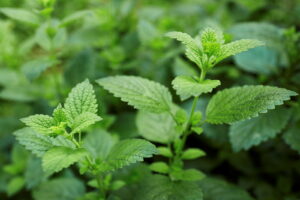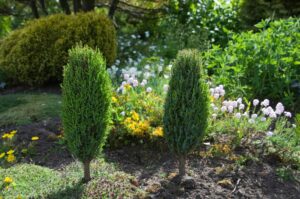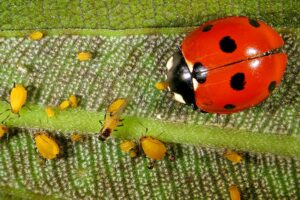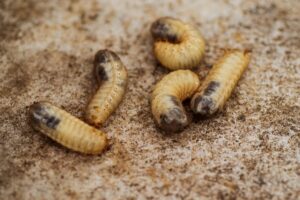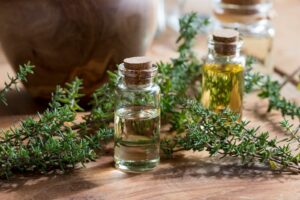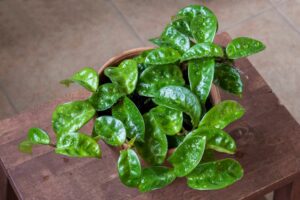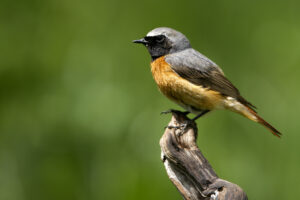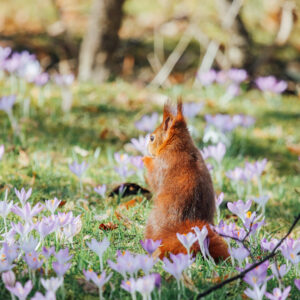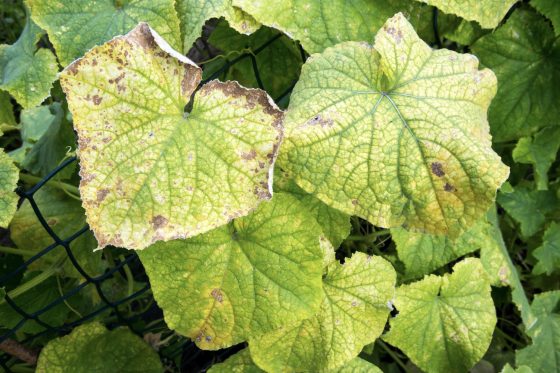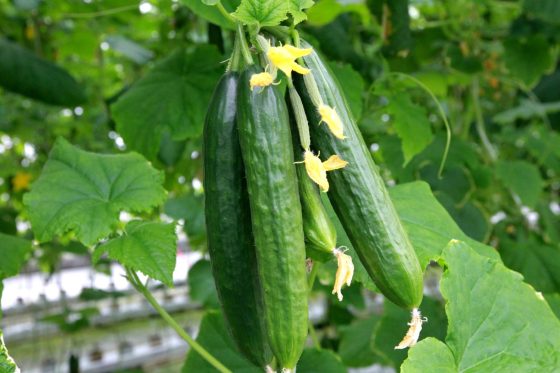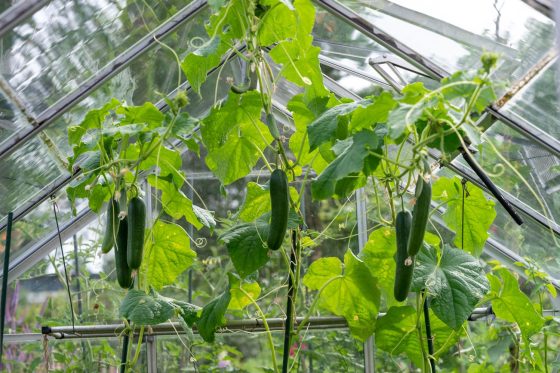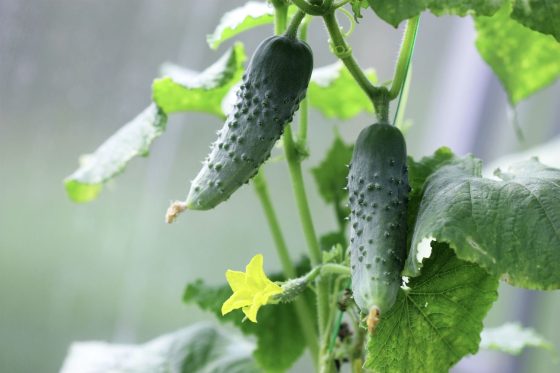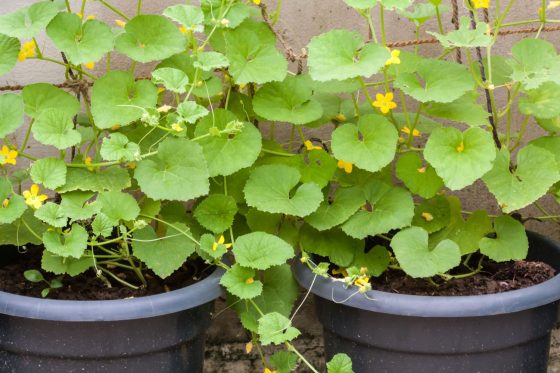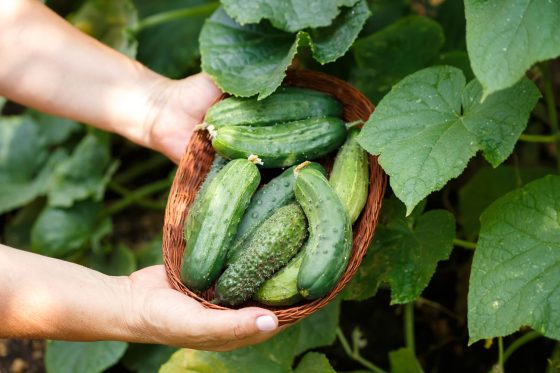Bitter gourd: cultivation, care & health benefits
The tropical fruits of bitter gourd, also called balsam pear and karela, have an unusual appearance. In the countries where they are grown, they are enjoyed as a vegetable and are used in traditional medicine.
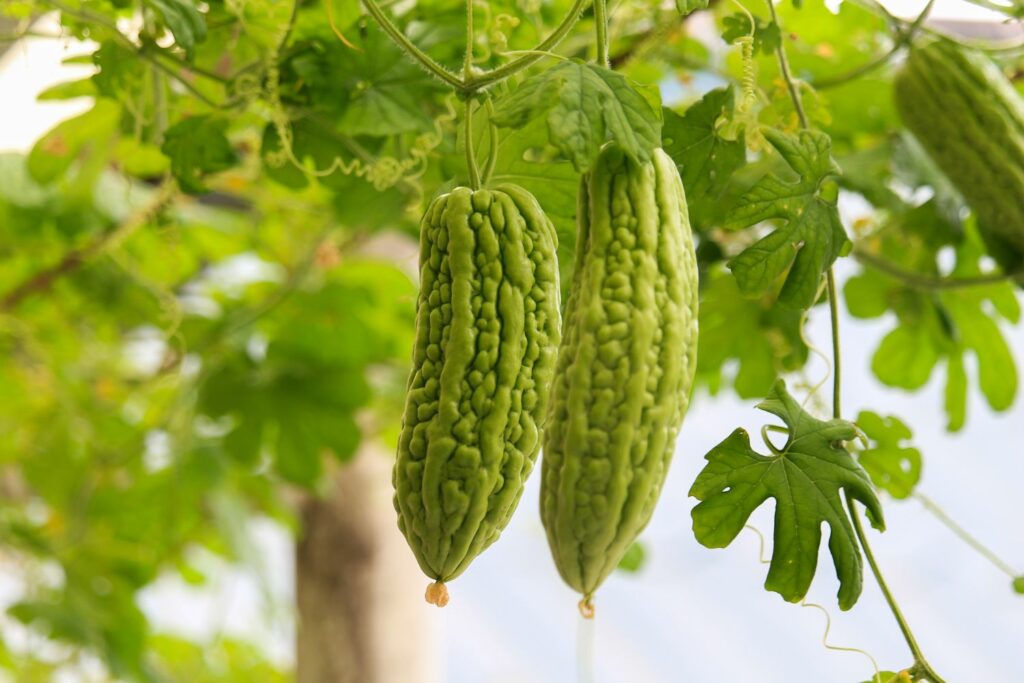
Bitter gourds (Momordica charantia) are grown in the hot and humid tropics, so growing them in our climate poses some challenges. Read on to find out how to grow bitter gourds in your own garden and what benefits and uses the vegetable offers.
Contents
Bitter gourds: origin and characteristics
Besides karela, bitter gourd is also known as balsam pear, ampalaya and bitter melon. It belongs to the gourd family (Cucurbitaceae) and was first cultivated in India and China. It is cultivated as a crop in other parts of Asia, as well as Africa, South America, the Caribbean and Europe.
The balsam pear is an herbaceous climber whose shoots can reach up to 5m in length. Since the cucurbit plant is not winter hardy, it is grown as an annual in colder climates. In tropical regions, the bitter gourd can be grown as a perennial. The shoots and leaves are covered with light to dense hairs. The alternating leaves have three to seven lobes in the shape of a hand. With the help of its thin, long tendrils, the bitter melon vine climbs vertically.
The karela plant bears both male and female flowers, with five petals and a double perianth. They bloom individually from the leaf axils and glow in light yellow from June to August. The fruits of the bitter gourd are elongated, oval and can grow up to 10cm long. The unripe fruits are green and change to a bright yellow-orange as they ripen. The fruit’s surface is heavily dotted with knobs. When ripe, the bitter melon fruit opens to reveal the seeds, which are encased in sticky red pulp.
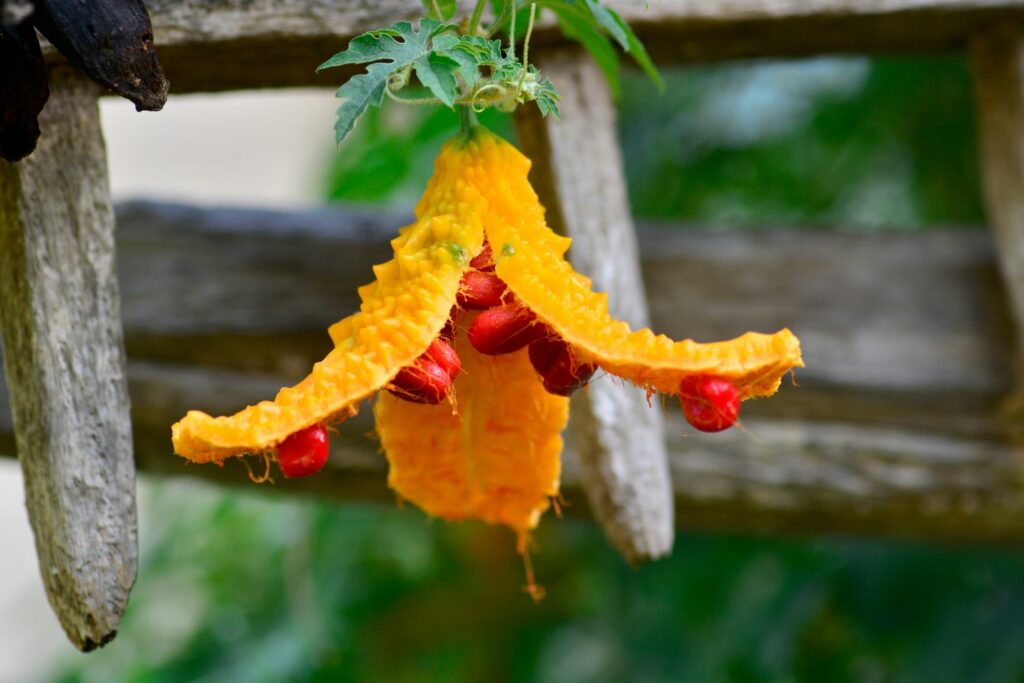
Planting bitter gourd
Karelas like sunny, warm and humid locations. In milder or warmer regions, outdoor cultivation may be considered. The bitter gourd plant can also be grown in pots with a minimum capacity of 10 litres. In cooler climates, grow the ampalaya in a greenhouse to meet its heat requirements. It only takes temperatures of 10 °C and colder for the climbing plant to stop growing and eventually die. It is also important that the soil retains moisture well and is rich in nutrients and humus.
Luckily, bitter gourds are easy to grow from seed as they are rarely available to buy as young plants. The following is a step by step guide to sowing bitter gourds:
- Sow in early/mid-April
- Soak the seeds in lukewarm water for a few hours
- Fill pots with sowing soil
- Sow about 1cm deep
- Keep substrate constantly moist
- Place pots in a warm, bright place
- Germination temperature 20 – 23 °C
- Germination period approx. 2 – 3 weeks
- Plant out in mid-May
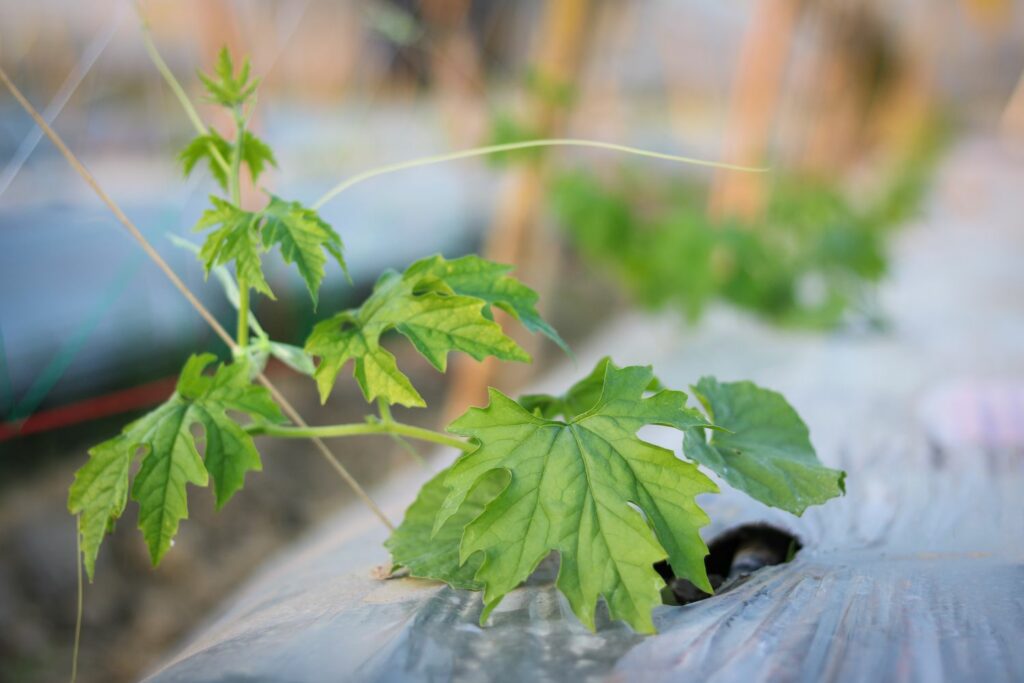
The right care
Since the bitter gourd is a highly nutritious plant, a constant supply of nutrients plays an important role in its care. For this reason, a liquid fertiliser made for vegetables is ideal. Apply the fertiliser every one to two weeks when watering. Our Plantura Liquid Tomato Food is an example of a highly effective, sustainable liquid fertiliser. The high potassium content supports the desired fruiting of the bitter gourd plant.
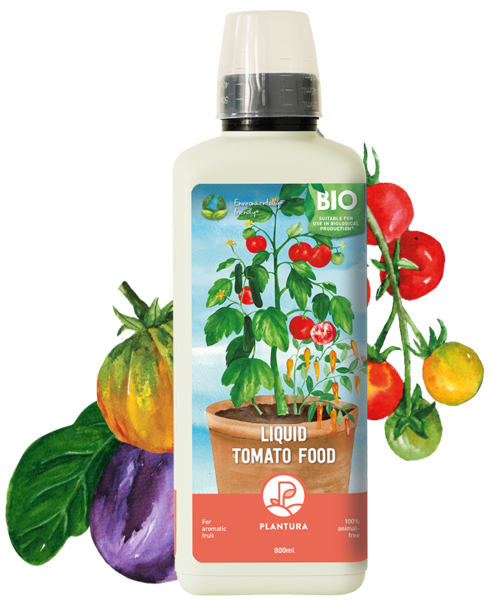
- Perfect for tomatoes & other vegetables
- Liquid fertiliser for healthy plant growth & an abundant harvest
- Quick & easy application - child & pet friendly
The bitter gourd has a medium to high water requirement. Water both greenhouse-grown and potted bitter gourds frequently. When the top layer of soil is dry, water your bitter melon. Avoid waterlogging. The climbing plant can be grown horizontally on a layer of mulch, but we recommend giving your bitter melon a trellis for climbing. Give bitter gourds growing in pots a climbing support when planting.
When the tendrils of the plant have reached a length of about 80 to 100cm, remove the side shoots from behind the first set of leaves. This will encourage new shoots to grow and subsequently fruits.
Tip: to save bitter gourd seeds, the fruits must be fully ripe. After harvesting, remove the seeds’ outer coating and wash off any remains. Once cleaned, the seeds can be dried and stored.
Harvest, benefit and use of the bitter melon
About two to three weeks after flowering, the first unripe bitter gourd fruits can be harvested. They are harvested before they ripen, because the bitter taste is less evident in the unripe fruit — the ripe fruits contain more bitter substances. The fruit rind also becomes harder as it matures, and regular harvesting stimulates further flower formation. However, not only the unripe fruits are used in the kitchen. The ground seeds are used as a spice, the steamed bitter gourd leaves and young shoots are eaten as a vegetable, and the sticky red pith can be a sweet addition to dishes. Recipes that call for bitter melons are typically salads, soups and curries. They can also be enjoyed fried, stuffed or pickled. Before preparing bitter melon fruits, we recommend either blanching them or salting the slices heavily and then rinsing them after about 15 minutes. This can significantly reduce the bitterness.
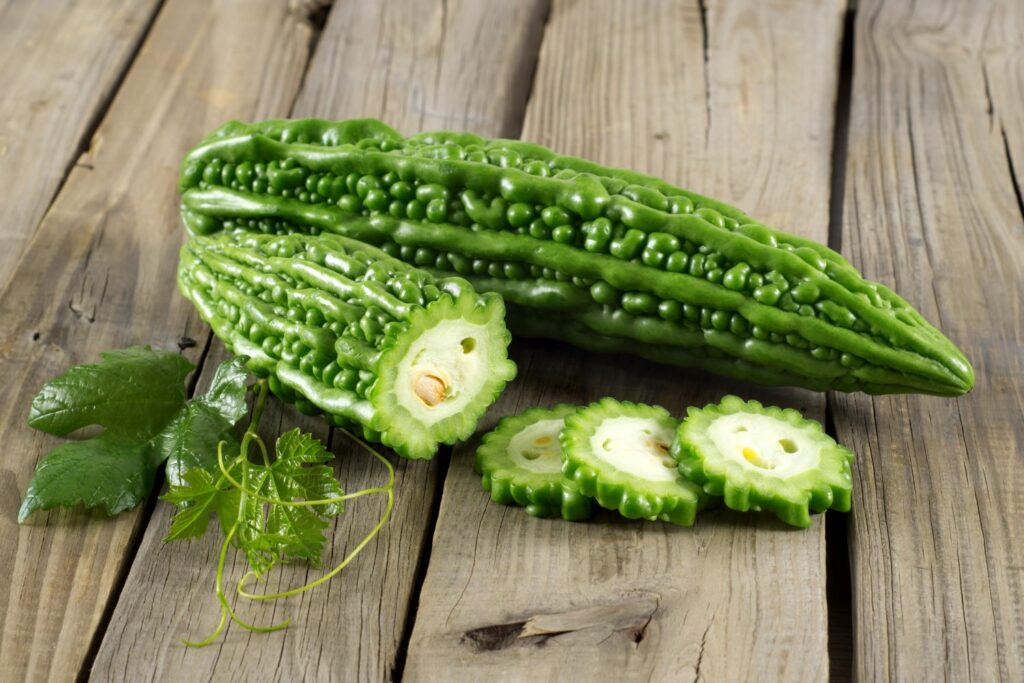
Karelas are sometimes sold as a dietary supplement due to the positive effects attributed to them. Bitter gourd benefits include lowering blood sugar levels, influencing fat metabolism, and preventing worm infestations. Furthermore, the bitter melon’s components are said to reduce inflammation and strengthen the stomach. However, so far only a few studies scientifically prove these effects. Since a bitter melon overdose can also have undesirable effects, such as hypoglycaemia in diabetics, consult a doctor before consuming large amounts. In addition, stomach aches, diarrhoea and cramps may occur.
Because of the slightly poisonous and bitter substances of bitter melon, it should not be eaten in its raw state. Before eating, boil, steam or fry the fruit. Pregnant women, women trying to conceive and those who are breastfeeding should not eat bitter melon, as the toxic substances have a negative impact on fertility and development.
What does a bitter gourd taste like?
The stringently tart-bitter taste of bitter gourds comes from the bitter substances they contain. In contrast, the red pulp around the ripe seeds has a pleasantly sweet flavour.
Another gourd plant, whose fruits have additional uses besides being eaten as vegetables, is the loofah gourd (Luffa aegyptiaca). Find out how to use loofah gourds to make sustainable cleaning sponges at home in our article.


